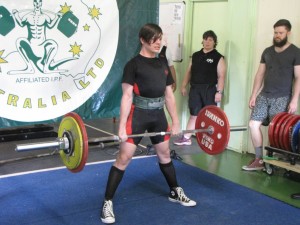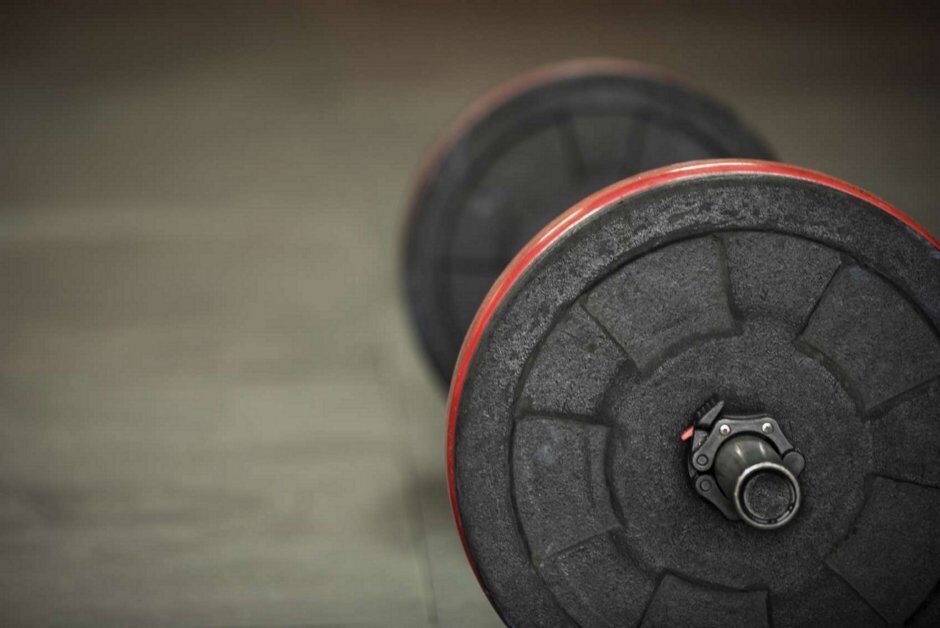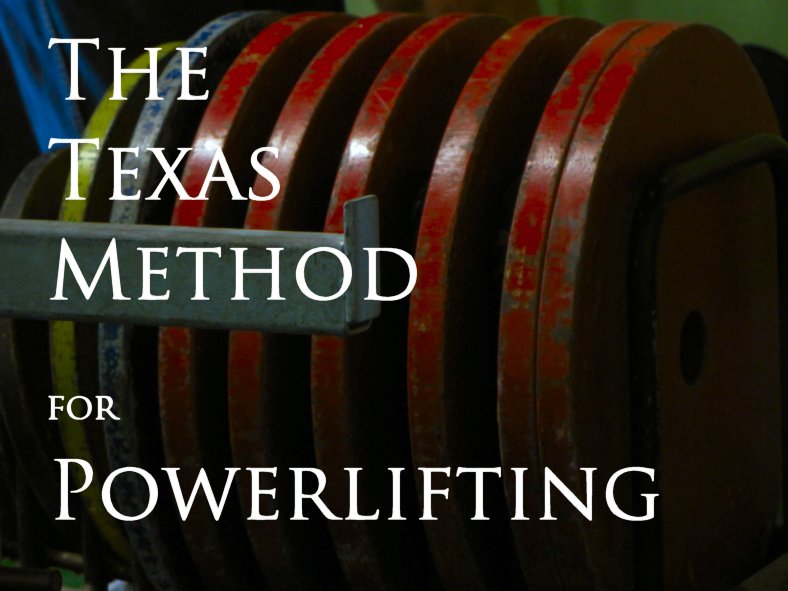Anatomy of the Sumo Deadlift
 This is the third post in a series looking at the the muscles used in each of the lifts which form part of a powerlifting competition. There are two styles of Deadlift which are legal lifts in a Powerlifting competition. The first, is the conventional Deadlift and the second which I will discuss below is the Sumo style Deadlift.
This is the third post in a series looking at the the muscles used in each of the lifts which form part of a powerlifting competition. There are two styles of Deadlift which are legal lifts in a Powerlifting competition. The first, is the conventional Deadlift and the second which I will discuss below is the Sumo style Deadlift.
Classification
Sumo Deadlift is classified as
Basic: A principal exercise that can place greater absolute intensity on muscles exercised relative to auxiliary exercises.
Compound: An exercise that involves two or more joint movements.
Pull: Movement toward centre of body during the concentric contraction of the target muscle.
Muscles Used
Target Muscle: The primary muscle intended for exercise.
Gluteus Maximus
Synergistic Muscles: A muscle that assists another muscle to accomplish a movement.
Quadriceps
Adductor Magnus
Soleus
Dynamic Stabiliser Muscles: A bi-articulate muscle that simultaneously moves through the two joints with little change in length, in effect shortening through the target joint and lengthening through the adjacent joint.
Hamstrings
Gastrocnemius
Stabiliser Muscles: A muscle that contracts with no significant movement to maintain a posture or fixate a joint.
Erector Spinae
Trapezius, Middle
Trapezius, Upper
Levator Scapulae
Rhomboids
Latissmus Dorsi
Antagonist Stabiliser Muscles: A muscle that contracts to maintain the tension potential of a bi-articulate muscle at the adjacent joint. The Antagonist Stabilizer may assist in joint stabilization by countering the rotator force of an agonist.
Rectus Abdominis
Obliques
Was this post useful ? Take a look at –
Part 1: Anatomy of the Bench Press
Part 2: Anatomy of the Powerlifting Squat
[…] Sumo Deadlift this is even more important, the sumo technique is harder to pull from the floor compared to a […]
My favorite exercise.



[…] Part 2: Anatomy of Powerlifting Squat Part 3: Anatomy of the Sumo Deadlift […]